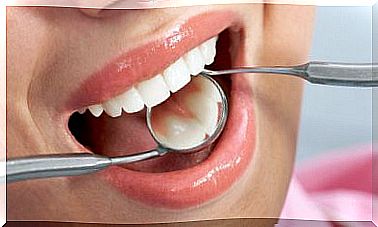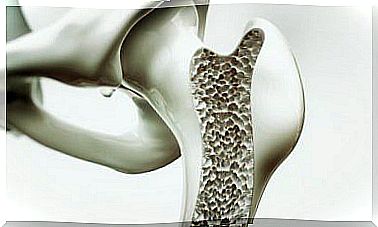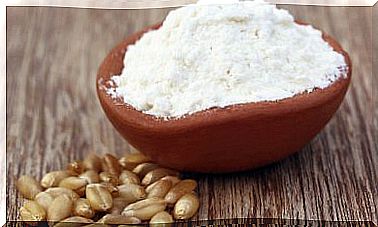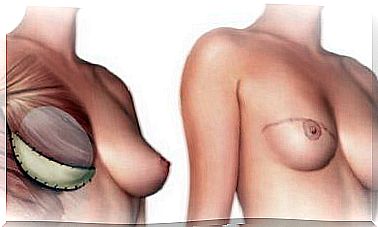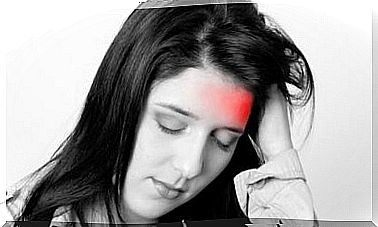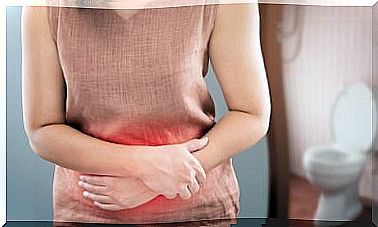How To Detect In Time That Your Thyroid Is Malfunctioning
Although hypothyroidism is more common than hyperthyroidism, the truth is that both conditions should be treated so that they do not influence the normal development of the patient’s life patient
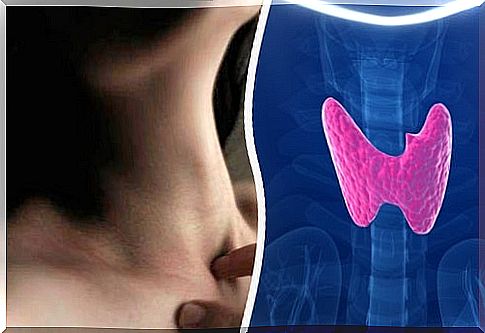
When something is not quite right in our body we usually experience a series of symptoms that can interrupt our days. One of the most recurrent has to do with the thyroid gland, whose alterations trigger various reactions in our body.
This small butterfly-shaped gland is located in the neck and is responsible for producing hormones to regulate growth, metabolism, heart rate and other vital functions.
Although most of the symptoms have to do with other conditions, it is estimated that 10% of the world population has some alteration in their function. The most affected are women, especially from the age of 40 or after pregnancy.
How is thyroid malfunction detected?

If something alters the health of the thyroid gland, two conditions can occur:
- Hyperthyroidism: When the gland produces excess hormones.
- Hypothyroidism: When the gland stops producing the necessary amount of hormones.
Both cases occur due to a hormonal imbalance in our body. The starting point for its detection are the abnormalities that patients present in their physical and emotional health.
Symptoms vary depending on the type of condition, but are generally the ones that prompt you to seek medical attention.
After suspecting a thyroid problem, the doctor evaluates the individual by feeling the neck. Then, he performs a blood test in which the values of TSH and thyroid hormone will be determined to verify the levels in which he is.
With timely diagnosis, a series of lifestyle modifications are made and a treatment is proposed to control it.
How to suspect hyperthyroidism?

Hyperthyroidism occurs when the body secretes more thyroid hormones than necessary, which increases the metabolic rate.
Due to this, the body experiences some changes in relation to its normal state and the patient may present:
- Palpitations or increased heart rate.
- Increased blood pressure.
- Nervousness, anxiety and insomnia.
- Increased appetite or excessive weight loss.
- Weak hair and nails.
- Muscle tiredness
- Sensitivity to heat and excessive sweating.
- Vision difficulties.
- Irregular menstrual periods.
- Constant bowel movements
- Tremors
How to suspect hypothyroidism?
Hypothyroidism is up to four times more common than hyperthyroidism and is caused by decreased production of thyroid hormones.
Due to the imbalance that this implies, those affected suffer symptoms such as:
- Feeling of weakness or chronic fatigue.
- Cold intolerance
- Loss of appetite and weight gain.
- Fluid retention.
- High blood pressure
- Cold, dry and rough skin.
- Dry, fine hair and brittle nails.
- Concentration difficulties and memory problems.
- Weight gain for no apparent reason.
- Talk and slow movements.
- Irregularities with the menstrual period.
- Joint pain.
- Decay and drowsiness.
How to detect a thyroid problem at home?

In addition to taking into account the symptoms mentioned at home, there is a simple method to detect a thyroid disease at home.
Instructions
- Take a mirror and focus on the front lower neck area, above the collarbones, and below the voice box.
- Next, tilt your head back, drink a glass of water, and pay attention as you drink it.
- If you see a lump or lump in this area when you swallow it, see your doctor.
If the health problems are permanent and do not improve with common treatments, the most appropriate thing is to consult with the specialist to receive a specialized analysis.
When you check that something is wrong with the thyroid, you must commit to your lifestyle so that the symptoms do not worsen.
Thyroid and diet
The thyroid gland uses iodine for the proper production of its hormones. A deficient supply of this nutrient can alter its function or make it worse.
Iodine can be absorbed naturally through foods such as:
- The garlics.
- The beans.
- Natural yogurt.
- The cheese and the milk.
- Seaweed.
- Horseradish
- The apples.
- The oranges.
- The chard.
- The onion.
- Pineapple.
To be more sure of its suitability in the diet, try to consult with your trusted nutritionist.


